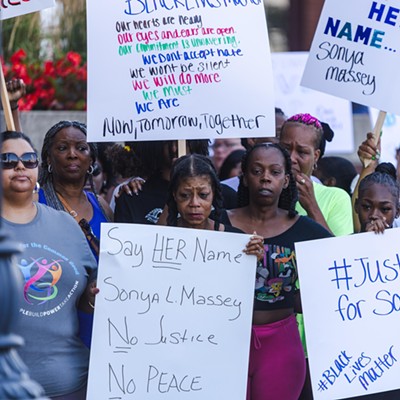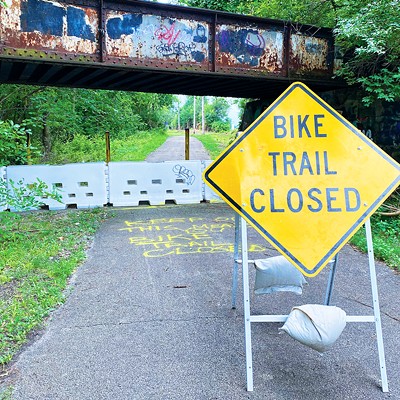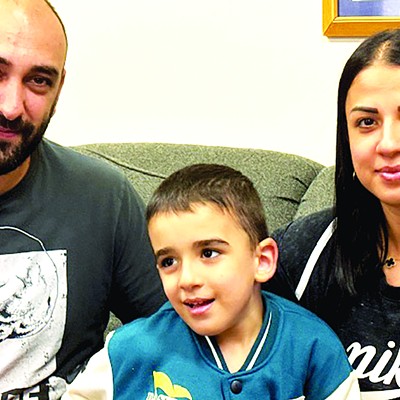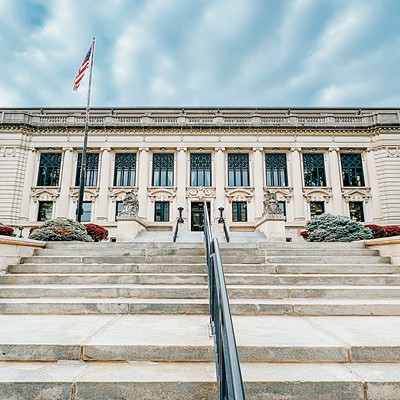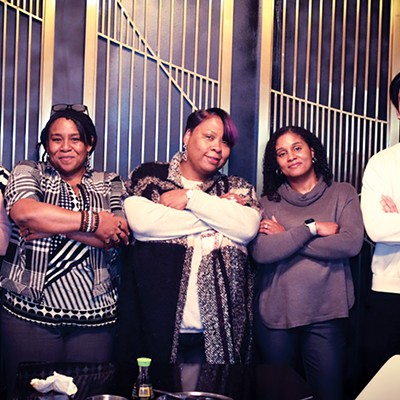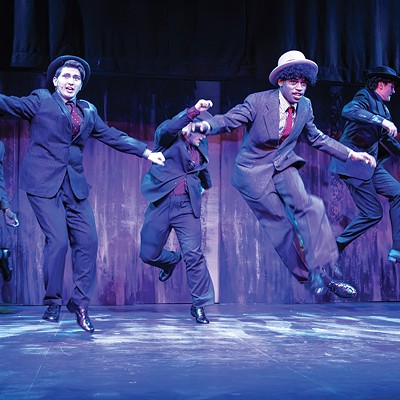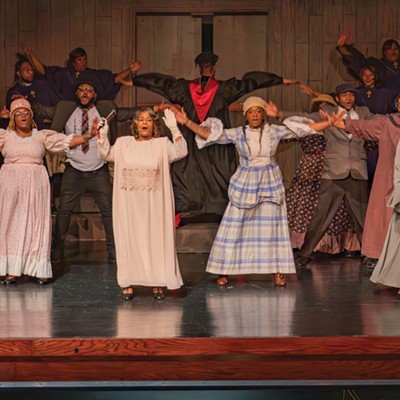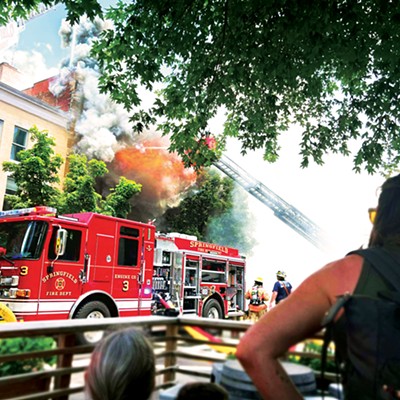The Springfield and Central Illinois African American History Museum is closed for an expansion project to create more space for authentic storytelling, interactive exhibitions and community building. When the museum reopens in the fall, visitors can expect a more engaging experience with improved digital content and interactive pieces.
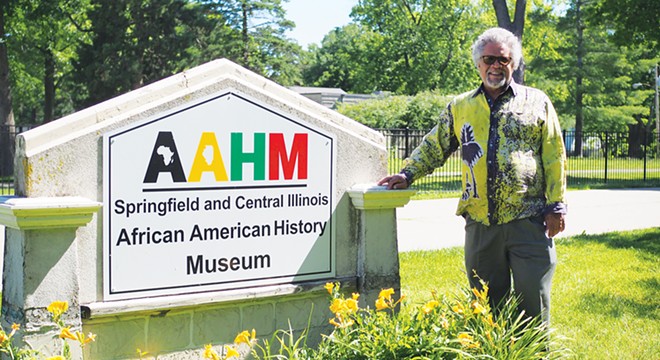
"When we reopen, I'm hoping it will be a showstopper," expressed Carolyn Farrar, past president of the AAHM board. "Our building on the inside will be bigger and better, offering more to the community."
Farrar is also excited that the AAHM will have a dedicated space for community organizations to use as a meeting space, free of charge. "People enjoy meeting at the museum," stated Farrar. She notes that the space is comfortable for African American organizations, as it reflects the community's history. Organizations can hold meetings while also enjoying the current exhibitions on display, ensuring the museum remains an integral community resource and encouraging repeat visits rather than being a one-time school trip destination for residents of Springfield and surrounding areas.
In the meantime, the AAHM team is working to stay connected with the community. As the facility is undergoing construction, community partners have stepped up to support the museum in continuing to deliver its services. The Lincoln Library is providing temporary office space for the AAHM staff.
Abundant Faith Christian Center served as the host location for summer camps held June 3-14. Thanks to the support of the Young Philanthropists Giving Circle at the Community Foundation for the Land of Lincoln, the museum expanded its summer camp offerings from one to two week-long sessions for fourth-, fifth- and sixth-graders, free of charge.
While the museum is closed, Dr. Kamau Kemayo, the newly appointed interim executive director, is working with the board and staff to revitalize the museum's exhibitions. With over 40 years of experience as a scholar of Black studies, Kemayo aims to leverage his expertise to influence the content within the museum's exhibitions. He is seeking to understand the museum's various constituencies and what they know or do not know about African American history.
"From my experience teaching college kids as well as K-12 students, there is a lot of unlearning that needs to be done," said Kemayo. With this in mind, he and the team at the AAHM are evaluating the museum's collections and determining the best approach for sharing knowledge in the museum's expanded space that helps facilitate the unlearning process, thus making room for a deeper understanding of African American history.
"I have seen the state's curriculum on African American history, and I'm very distressed," said Kemayo. "Five of the six components deal with Africans in the U.S. as being an enslaved population, so it doesn't deal with the significant contributions to the mainstream of the U.S., ante or postbellum."
With the expansion of its gallery space, the AAHM has the opportunity to showcase African American contributions and unveil hidden aspects of history, especially lesser-known local history. Kemayo's objective is to convey as much truth as possible within the given space and to expand people's consciousness.
Kemayo regards the museum's main exhibition as the "Something So Horrible: Springfield 1908 Race Riot."
"It takes up the most space, takes up the most time, and in many ways, it is the most important because it's here in Springfield, and it is something that helped to shape the creation of the NAACP," said Kemayo. "There are historical figures that were involved in it in terms of friends of Abraham Lincoln and so forth, so it is very interesting local history." He points out that many people, including those from Chicago and out of state and even some Springfield residents, are unaware of this historical truth.
"I talk with people and find ideas from what other people have suggested," said Kemayo. "One patron said that the 1908 Race Riot is a good exhibit, but it's 1908. It doesn't put things in a contemporary context."
Kemayo mentioned that most of the events of the 1908 Race Riot took place in the area where the Horace Mann corporate headquarters is currently located. "One of the things we will do in the next couple of months," stated Kemayo, "is find these sites that are documented in the exhibition and get contemporary pictures of the current site to be able to say, 'Well, this happened 116 years ago, but this is what it looks like today.'"
Kemayo is enhancing the museum exhibitions while considering the current political climate. He is thinking through how to revitalize the content and share knowledge that can withstand the challenges posed by counter-resistance measures such as book bans and debates on critical race theory.
"It is specifically a movement by the established order, the powers that be, to try and keep American society ignorant and live in fear rather than bliss, a place of fear of understanding the truth of folks who are different from them," he said.
Ultimately, during his tenure, Kemayo hopes to emphasize that African American history is American history. As an African American history museum, the museum is not meant to be divisive, but rather to focus on this specific area and how it interacts with and impacts other areas of history.
Jamila Wicks has over 20 years of experience working in government and nonprofit organizations, with the last seven years focused on arts and cultural institutions. She currently resides in Decatur while working in Springfield. Wicks is originally from Georgia and holds a master's degree in public administration and a bachelor's degree in journalism from the University of Georgia.



